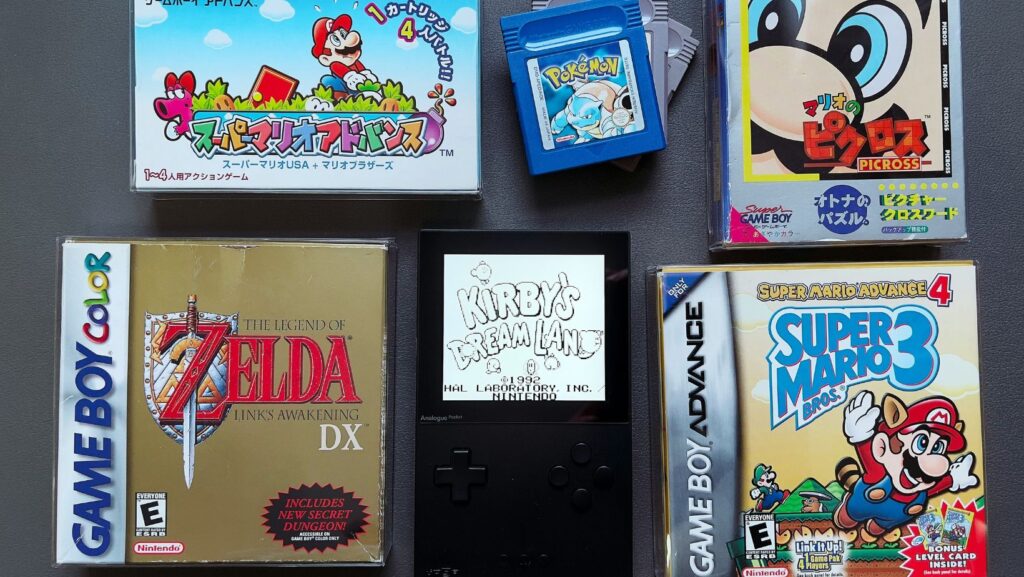The nostalgia of retro gaming is a charm that never fades. But pairing those classic games with modern technology might seem like a daunting task. This article aims to bridge the gap between the past and the present, guiding you to the best modern TVs for retro gaming.
In the world of 4K and HDR, it’s essential to find a TV that can do justice to the pixel art and chiptune soundtracks of yesteryears. From input lag to aspect ratio, there’s a lot to consider. But don’t worry, we’ve got you covered.
Best Modern TV for Retro Gaming
Choosing the proper TV for retro gaming bears significant importance, given certain unique requirements. Picture quality matters, but a gamer’s experience isn’t solely dependent on high-definition visuals. With retro gaming, other factors such as input lag, refresh rates, and aspect ratios play equally vital roles.

Input lag determines how instantaneously a TV can process the information from the console to the screen. TVs exhibiting lower input lag, notably below 20 milliseconds, ensure smoother gameplay. Examples of such TVs include Sony’s X90H series or LG’s Nano85 series.
Refresh rate serves as another crucial consideration. Retro games, bearing a design with 60 frames per second in mind, demand a TV with at least a 60Hz refresh rate. Moreover, a higher refresh rate, such as 120Hz, will create a smoother gaming experience. Television sets such as Samsung’s Q80T series exemplify this standard.
Finally, aspect ratio marks another key factor. Retro games were usually developed in a 4:3 format, unlike today’s standard 16:9 format. Using a TV that allows alteration to the 4:3 ratio can recreate the nostalgic gaming experience. Models like the LG UM7300PUA series enable this feature.
Features to Look for in Modern TVs
It’s crucial to highlight particular features when seeking modern TVs for retro gaming. First, keep in mind the Input Lag. For better performance, lower input lag proves superior, with 16 milliseconds being the most ideal. Samsung’s Q80T series fits this criterion perfectly, with its input lag as low as 9.7 milliseconds.
Next, consider the Refresh Rate. Higher refresh rates, typically measured in Hertz (Hz), create smoother images. Sony’s X90H series, for instance, offers a refresh rate of 120Hz, enhancing the fluidity of motion in gaming.

Further, Aspect Ratio plays a substantial role. A screen ratio of 4:3 suits retro gaming best, considering that retro games were programmed in this ratio. The modern LG UM7300PUA series brings this feature without compromising on other aspects.
Lastly, Color Accuracy impacts the quality of the gaming experience. With LG’s Nano85 series, you achieve precise colors, boosting the authentic visual experience of retro games.
For the best gaming experience, favor modern televisions that possess these features. This approach combines the charm of vintage games with advanced technology, making retro gaming more immersive and enjoyable.
Top Modern TVs for Retro Gaming
TV technology has advanced considerably in recent years, presenting a rich palette of choices. However, only a select few stand out as truly excellent for retro gaming. Five top contenders include Sony’s X90H series, LG’s Nano85, Samsung’s Q80T, LG UM7300PUA, and TCL’s 6-Series. Each of these options delivers a unique combination of low input lag, high refresh rates, appropriate aspect ratios, and precise color accuracy.

Topping the list, Sony’s X90H series stages a high refresh rate of 120Hz, supporting crisp, clear images even in the fastest gaming scenarios. Similarly, Samsung’s Q80T series boasts an impressive low input lag, which ensures quick response times.
LG’s Nano85 series is notable for its precise color accuracy, transmitting vivid and life-like images that add depth to gaming environments. LG UM7300PUA, on the other hand, stands out with a perfect 4:3 aspect ratio – an ideal format for many classic retro games.
Rounding out the selection, TCL’s 6-Series brings forth a potent combination of all these features, making it a versatile choice for retro gaming enthusiasts.
Each of these modern TVs offers specific benefits for retro gaming. Consequently, gamers must select their preferred TV considering factors such as game types they frequent most, personal gaming style, and budget constraints. In doing so, they bridge the best of both worlds – the charm of the past and the power of the present.


